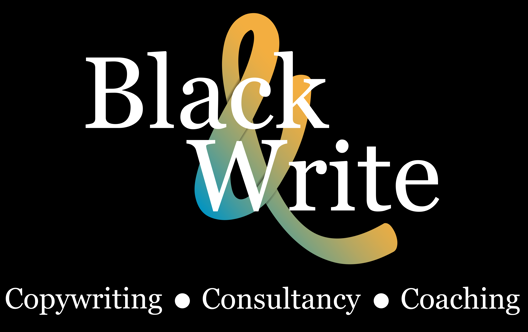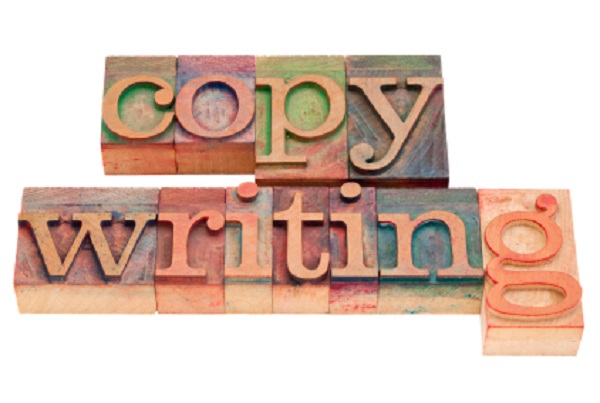Some of my personal no-nos when it comes to bad writing habits
I’m sure all writers have their own pet copywriting hates. Here are a few of mine. And if you use them in your writing, just stop it. Now.
1. Using the words ‘Please don’t hesitate to…’ in your call to action. E.g. ‘Please don’t hesitate to contact me if you would like more details.’
This phrase is old-fashioned and a little patronising. If someone wants more information or needs to speak to you, why would they hesitate? Are you implying they’re afraid of using the telephone? Or too self-conscious about their spelling to send an email? It’s a daft turn of phrase that makes you sound stuffy, so don’t use it. All you’re doing is giving them a reason to hesitate. The result? They never get in touch. So get to the point. Tell them to give you a call if they want to know more. And they will.
2. Making assumptions about people, or how they think or feel
You know the kind of thing. The letter that starts: ‘We know you’re busy’. The headline that says: ‘So you’re embarassed about your gambling problem.’ Or the leaflet that claims: ‘We know you’ll find our product useful.’ How does the writer know these things – are they psychic? Of course not. They have no idea whether ther reader is busy or not, how they feel about their gambling problem (if they have one) or if they’ll find a product useful or not.
The idea of using these copywriting techniques is to try to engage the reader by ‘understanding’ their situation and, if appropriate, offering empathy. But if you make too many assumptions about your reader, it just won’t work. So if you find yourself making assumptions in your writing, try a softer approach. These are possible alternatives to the examples above:
- ‘Please read this letter, even if you’re busy.’
- ‘Many people with gambling problems feel embarassed.’
- ‘If you do a lot of DIY at home, you’ll find our product useful.’
Note that the last example still assumes the reader will find the product useful, but adding a qualifying statement makes it relevant to the target market. People who do a lot of DIY probably will find the product useful. So it’s a reasonable assumption to make.
3. Not getting to the point
People love to waffle. Even copywriters (sometimes). But if you’re not careful, the message you’re trying to get across will be lost somewhere in your beautifully-constructed prose. So start as you mean to go on. Give your readers an inkling in the headline and then explain yourself in the first paragraph. Leave it any later than that and you’re in trouble. They’ll have no idea what you’re on about and will stop reading. Of course, adding an air of mystery to your writing with the odd cryptic headline is OK – especially if it inspires genuine curiosity. But you must explain why you’re writing to them sooner rather than later.
Getting to the point is important in all writing, but especially in press releases. The first rule for writing a successful press release is to summarise the story in the headline and then use the first paragraph to explain Who, What, Where, When and Why. Avoid using cryptic headlines in a press release. If an editor doesn’t ‘get’ your press release at a glance, they’ll file it under B in a flash.
4. Over-using the passive voice
When people talk to each other, they use the active voice most of the time. For example, ‘I ate my tea‘ or ‘The cat sat on the mat.‘ We tend not to use the passive voice when speaking (‘My tea was eaten by me‘ or ‘The mat was sat on by the cat‘). So why do so many people use it in their writing? Perhaps they think it sounds more impressive, or they want their writing to have a more formal or corporate feel. This can sometimes be appropriate, for example, in legal contracts.
But in other settings, too much of the passive voice will make your copywriting sound lifeless, cumbersome and boring. Even worse, it can make you or your company sound evasive – especially if you’ve done something wrong. Compare these examples:
Passive: ‘A mistake was made on your account. Action was taken to correct the situation but it is feared that it has not yet been possible to resolve it fully. You will be contacted by an engineer next week.’
Active: ‘We made a mistake on your account. Although we’ve tried to correct it, we’re afraid we haven’t managed to fully resolve it yet. One of our engineers will contact you next week.’
Note how the active example makes the company sound ‘real’. They’re owning up to making a boo boo. But the passive one is very impersonal, almost robotic – no one wants to take responsibility for the cock-up. The passive sentences are longer and harder to read, too.
Having said all that, the odd passive sentence can be useful to break up your writing. For example: ‘Your gas will be turned off for three hours’ is fine as an alternative to ‘We’ll turn off your gas for three hours‘. But try not to use the passive voice more than 20% of the time. There are functions on Word and other applications to check the percentage of passive sentences, as well as other readability statistics, so use them.
5. Abusing the English language
My thoughts on this subject would probably fill several books. But I’ll follow my own advice from point 3 and keep it short. English is a difficult, contradictory, ambiguous and often infuriating language. It can be very difficult to master and very easy to make a fool of yourself with. So if you can’t write good English, don’t. Hire a copywriter instead.

